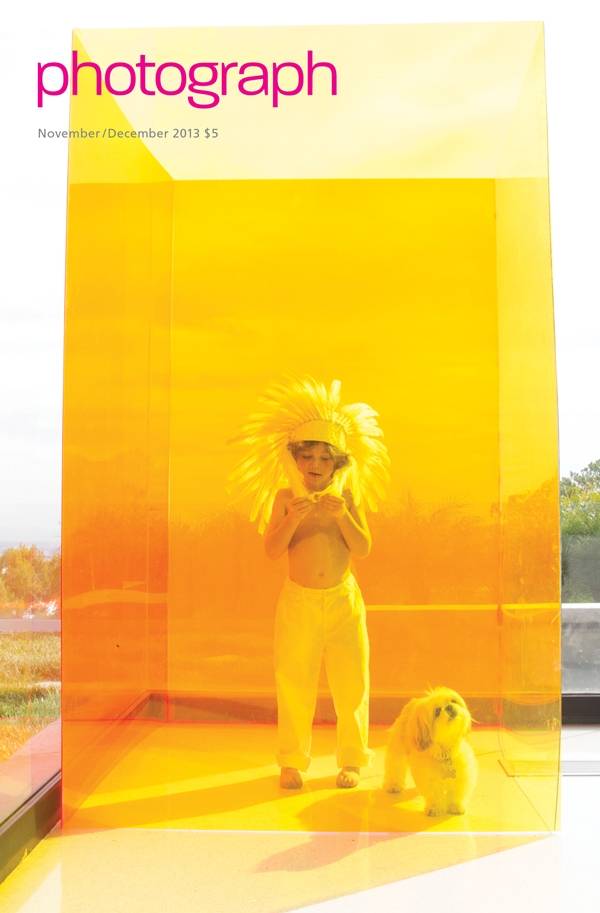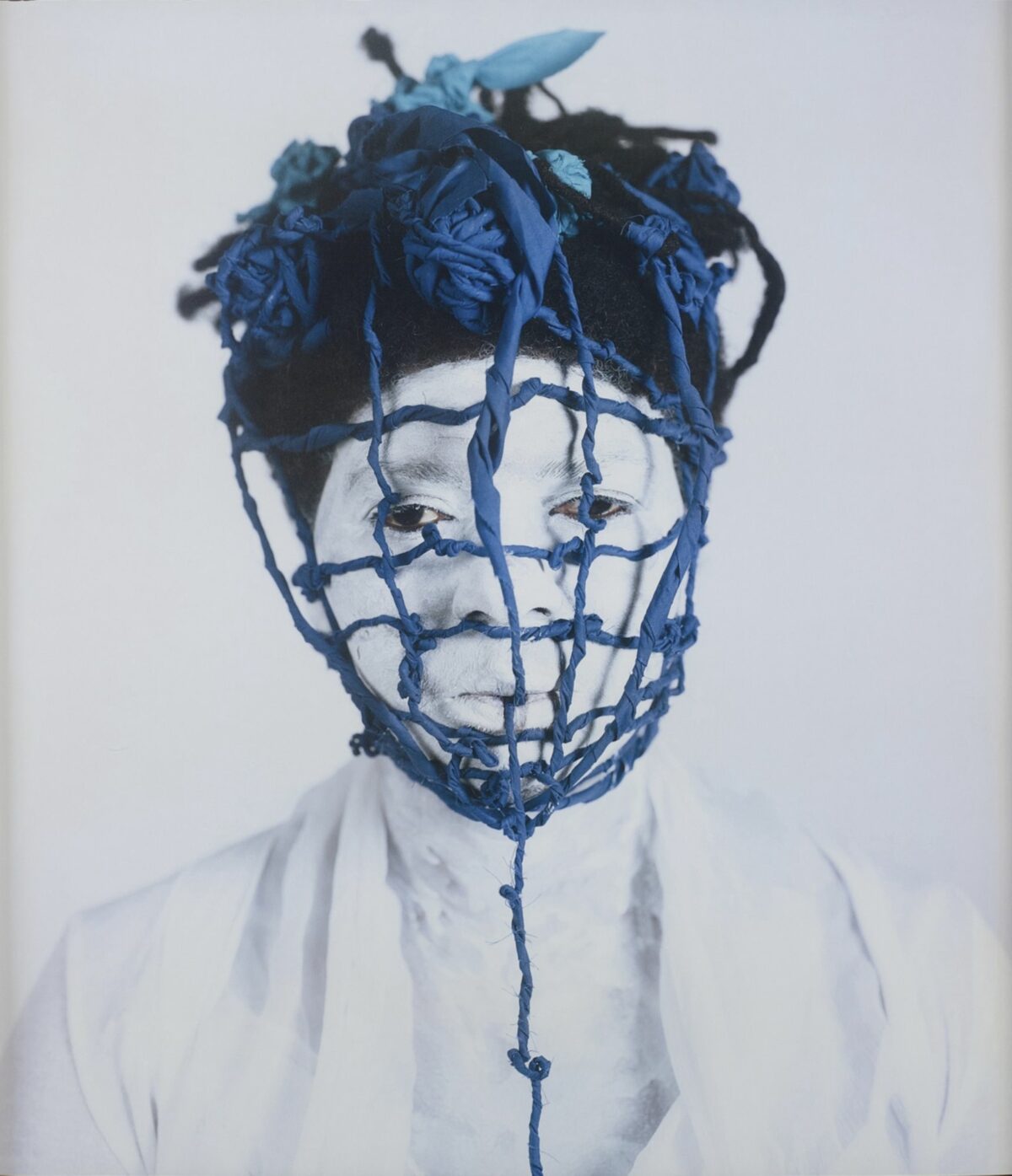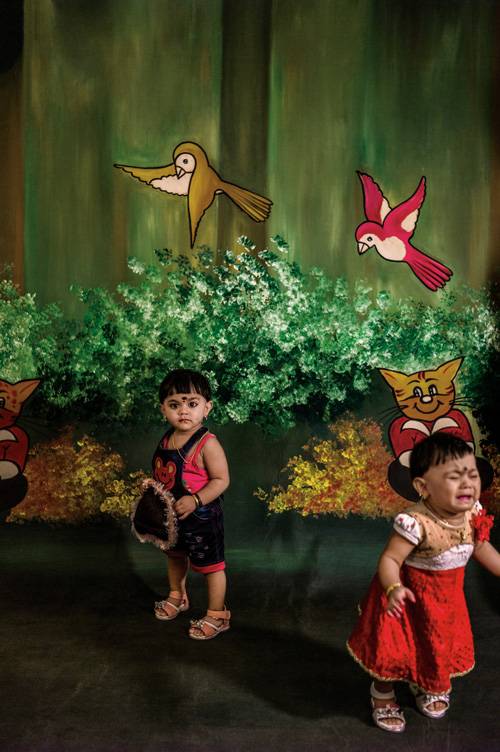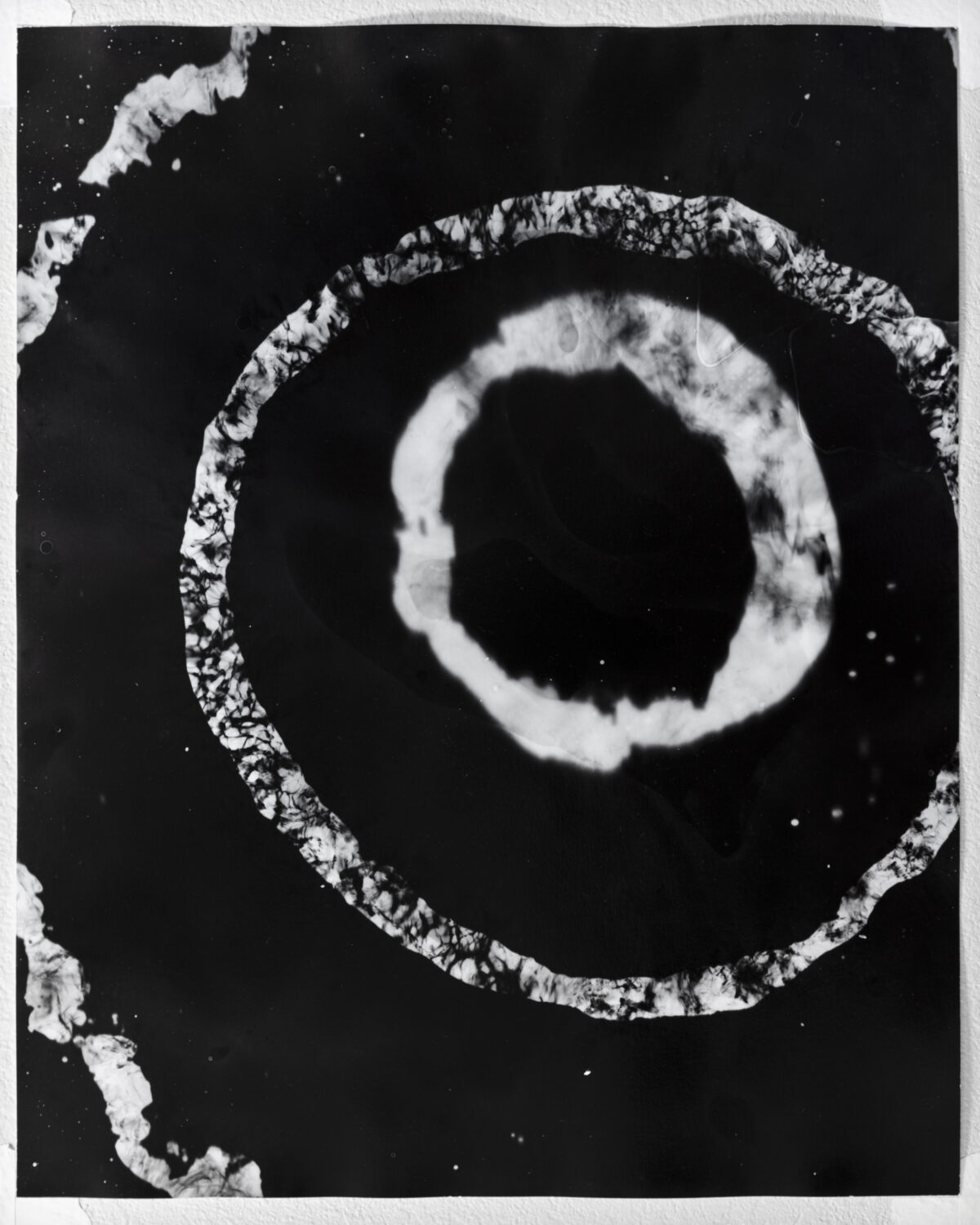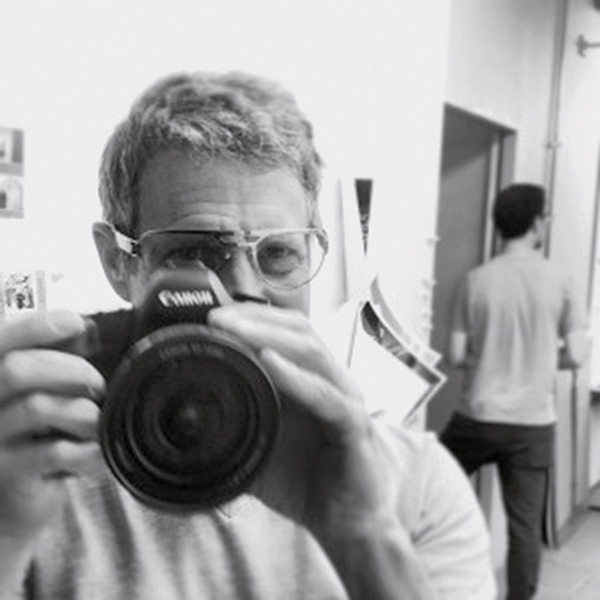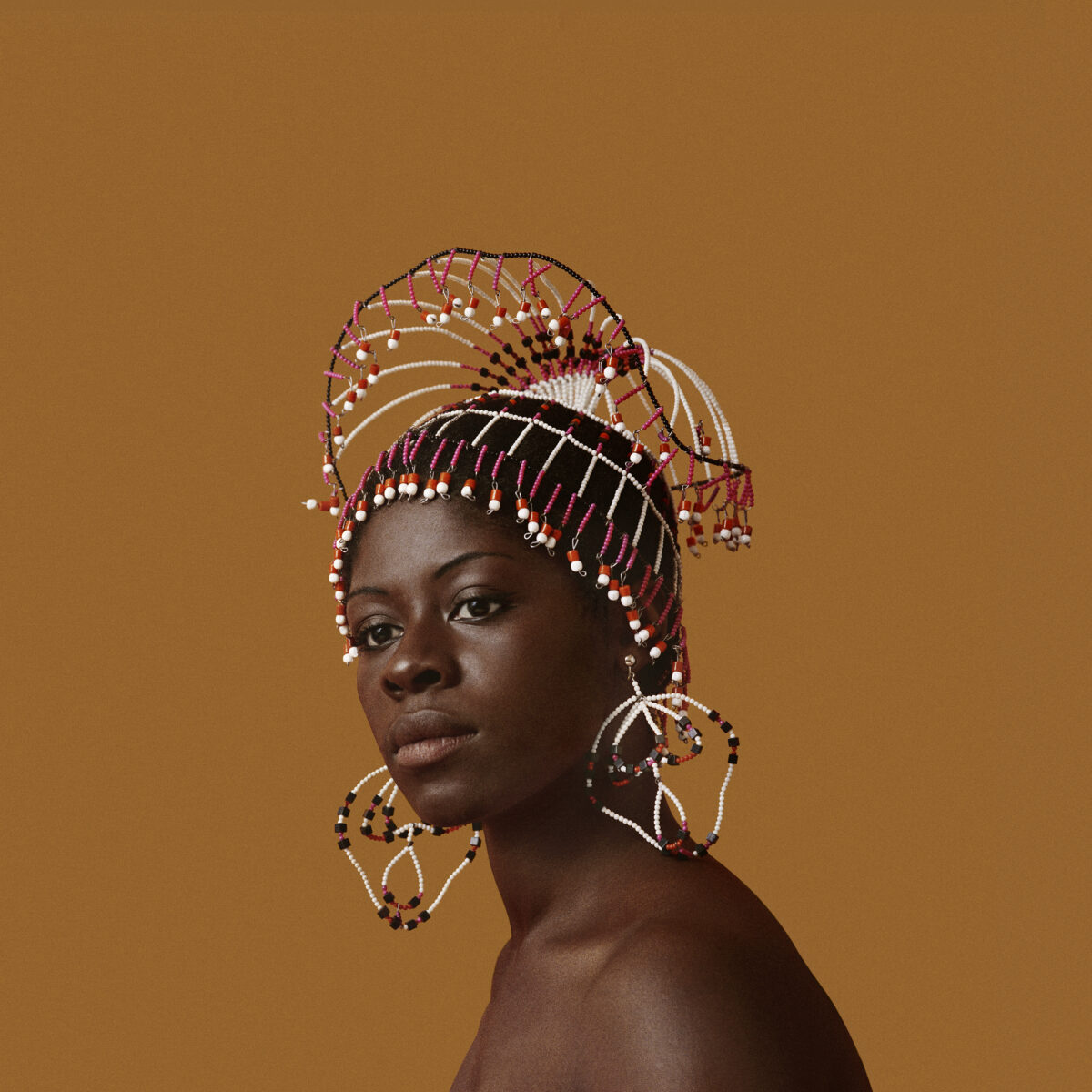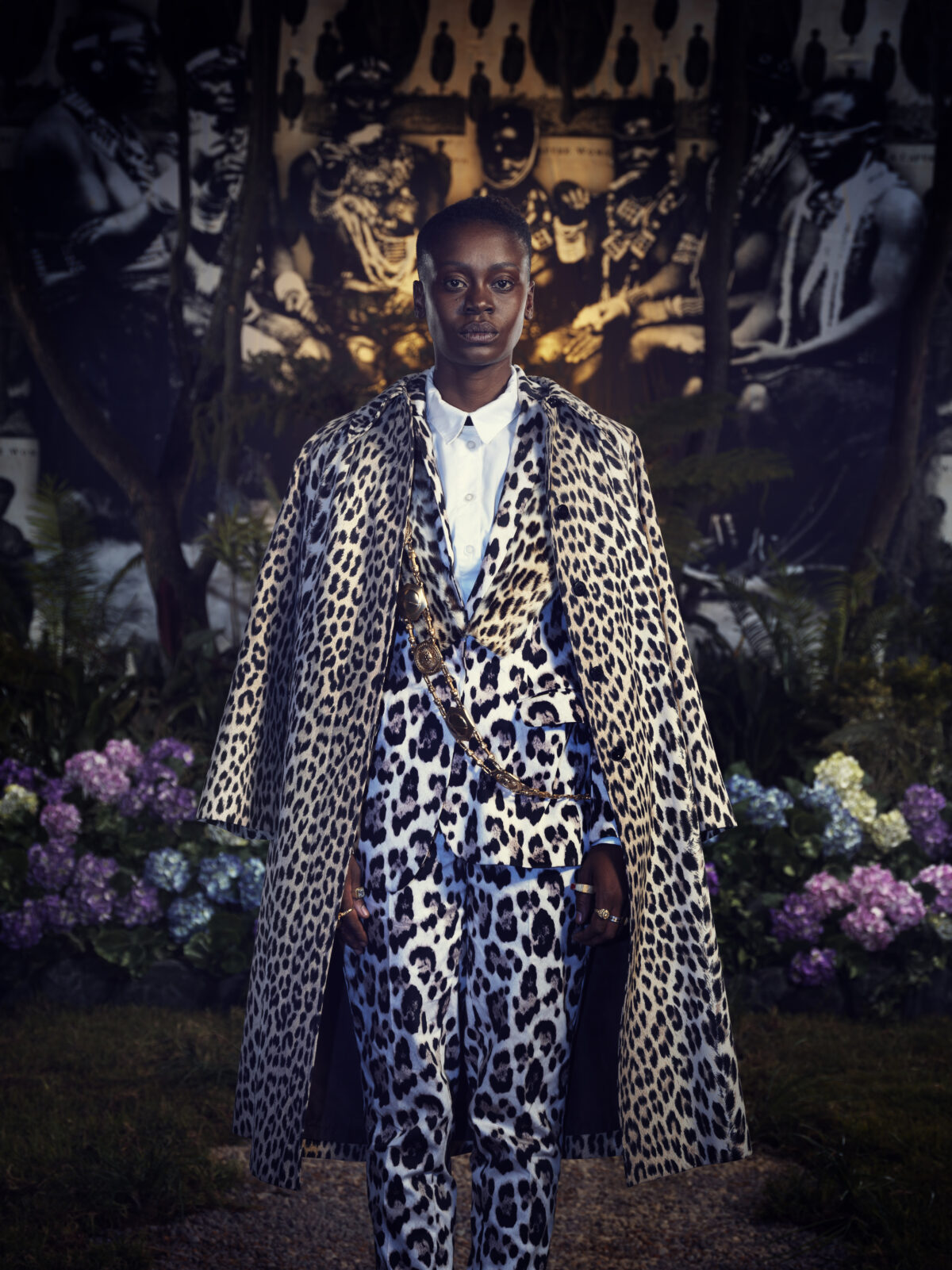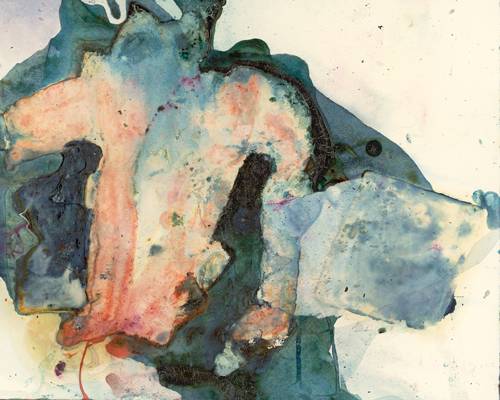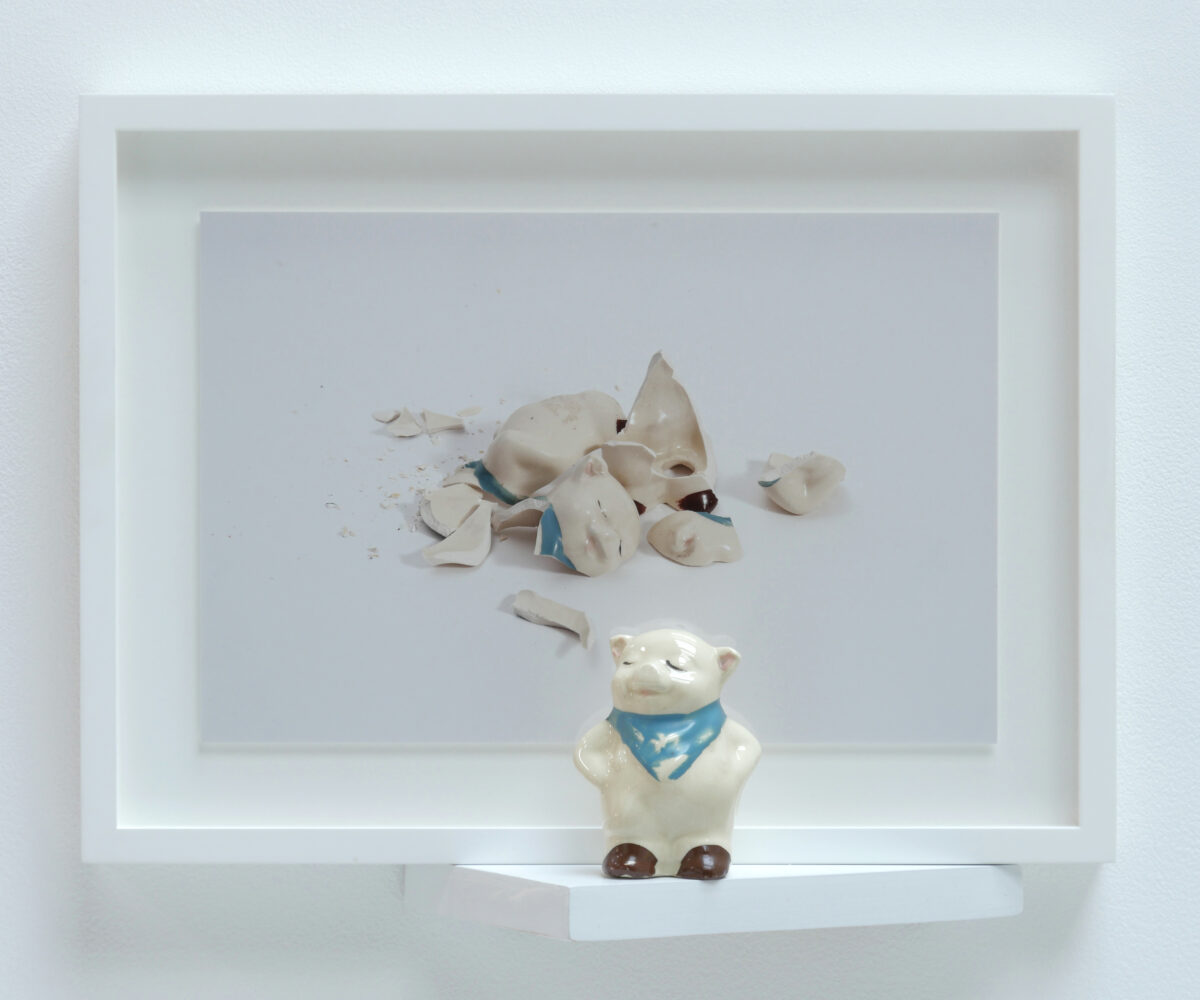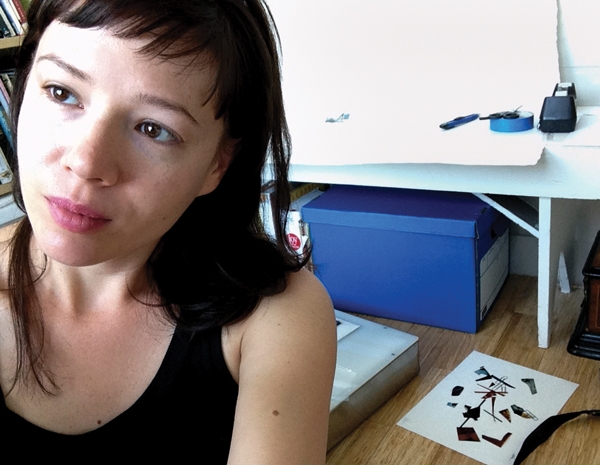

In emerging-artist circles, Brea Souders, who resides in Williamsburg, is fast becoming a household name. Images from her Counterforms series have been widely exhibited (most notably in the Corcoran Gallery of Art in Washington, D.C.) and have appeared in the taste-making pages of Vice magazine. Souders can claim an impressive professional as well as artistic career: she previously worked in the art collection of the U.S. State Department and, more recently, has photographed for the New York Times, Wall Street Journal, and Marie Claire magazine.
Having made a splash with her carefully wrought Counterform compositions, Souders continues to ride the crest of success in two new bodies of work, New Work and Film Electric, projects that, while in some ways are visually dissimilar, share a common origin. New Work is a subtle but profound series of photographs whose ambiguous title and airy aesthetic belie a family tragedy central also to her Film Electric series. The success of these images is founded on the tension Souders has drawn between their stylized veneer and underlying personal symbology. This might be best exemplified in Teeth and Shell, ossified fragments set against a sun-bleached yellow backdrop. While recalling Surrealist compositions, Teeth is also a poignant memento mori, an arrangement of the personal effects of a lost loved one. Souders has been making this work concomitantly with the more abstract Film Electric, which channels the cathartic impulse while also drawing the reigns in tight by submitting it to specific methodology.
The method in question is also the source for this series’ title. Souders’s beguiling abstractions record the interaction of cut-ups from her own negative library with clear acetate charged with static electricity. This practice emerged quite serendipitously in the midst of a routine archival purge. While snipping up duplicate and poorly exposed negatives, Souders recalls, “I noticed that certain pieces of film held on for dear life to the plastic I was cutting onto. Some fell off willingly, right into the waste bin. It seemed a metaphor for film itself trying to hold on and persist, but also for the way that memory works, with some memories fading away quite easily and others fixing themselves to the forefront of the mind.” The images of Film Electric may be Souders’s most highly aesthetized but they are also perhaps her most documentary. From a practical position, she seems here to be collaborating with chance and offering us selected examples of beautiful, if random actions of physical energies. In content and context, however, her compositions also provide a reading of the increasingly fragmentary photographic landscape, one that is both technologically and conceptually scattered.
—By Adam Ryder
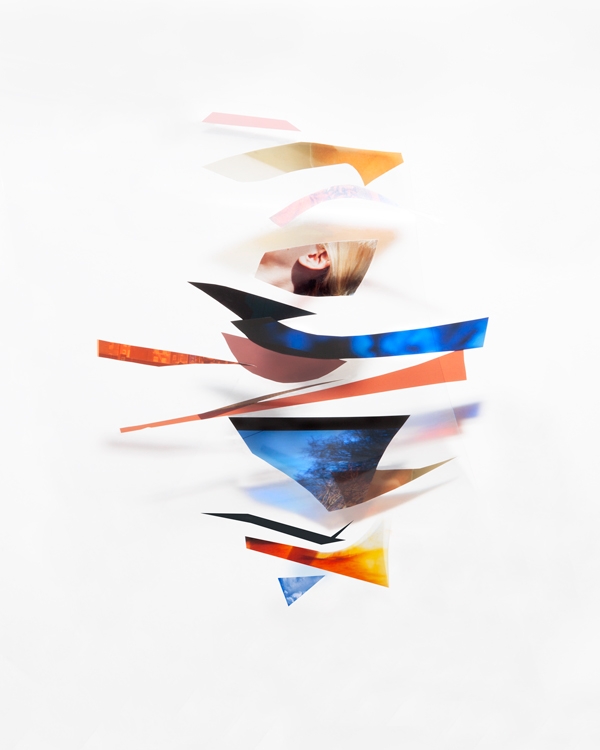

Brea Souders, #19, from Film Electric

